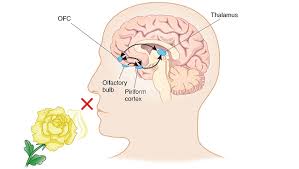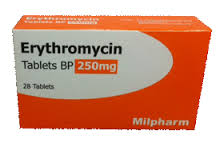A new study that looked at MRI images showed that there were some affects to smell that could be seen on patients MRI. It is very possible that some people affected with DM may have reduced or impaired Smell (odor responses). The study is in Japanese so this is all the information that we can report here.
[Impairment of Odor Recognition in Myotonic Dystrophy Type 1].
Abstract
There is evidence that impaired human cognitive abilities are reflected in loss of olfactory abilities. Declining olfactory perception may be a biomarker for impairment of cognitive function and of impending illnesses in neurodegenerative disorders such as Parkinson’s disease (PD) and Alzheimer’s disease (AD). Previously, we reported that patients with myotonic dystrophy type 1 (DM 1) had lower sensitivity to emotional facial expressions as well as abnormal olfactory threshold or recognition level. In DM 1, pathological studies have reported neurofibrillary tangles in several temporal areas including the entorhinal cortex (ENT), hippocampus (HI), and the amygdala. We observed that patients with DM 1 showed signal abnormalities in the olfactory limbic areas on magnetic resonance imaging. Our findings underscore the need to pay careful attention to significant decreases in odor identification abilities caused by diverse forms of abnormal brain function, especially in the AMG, ENT and HI.


